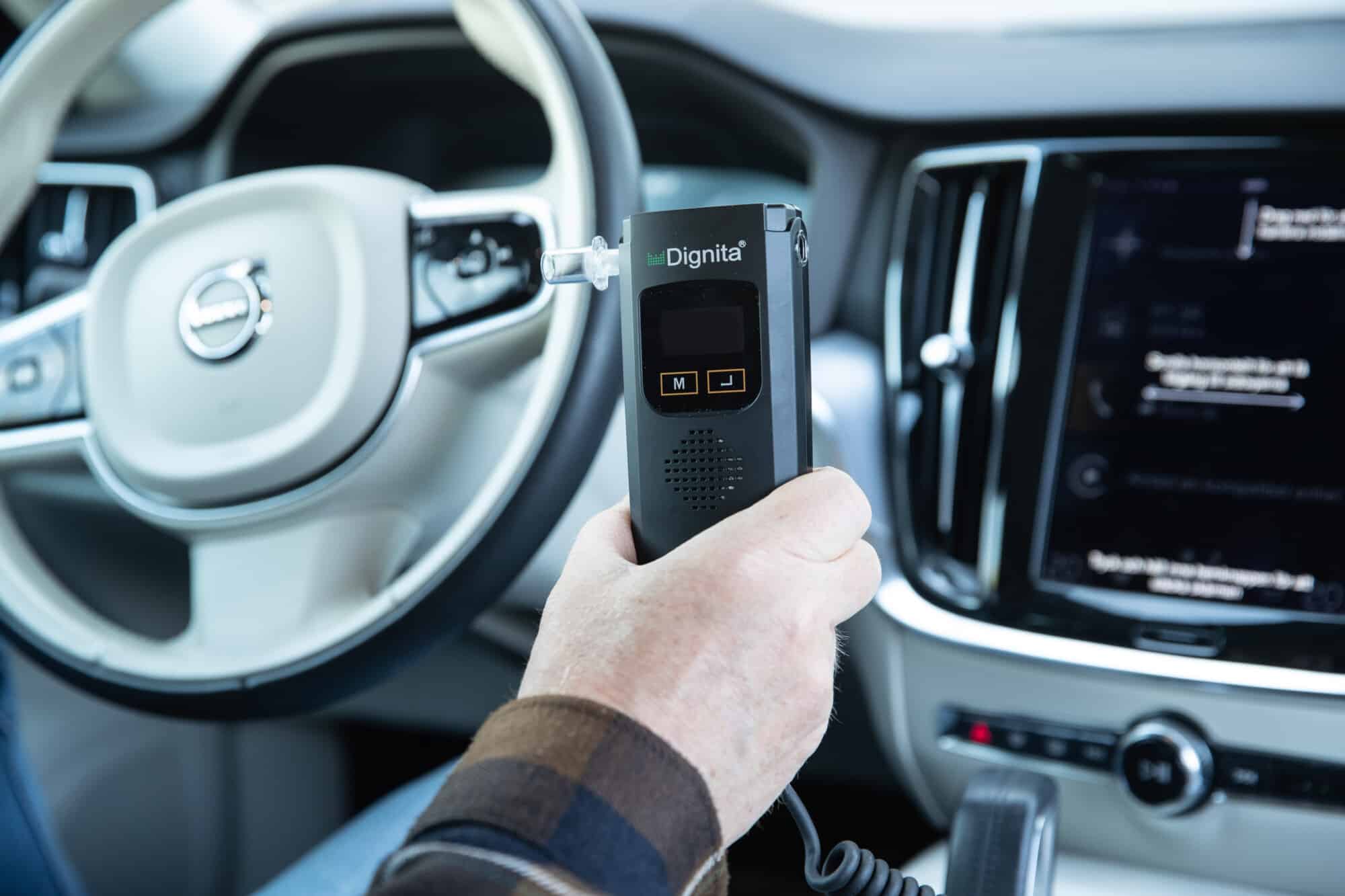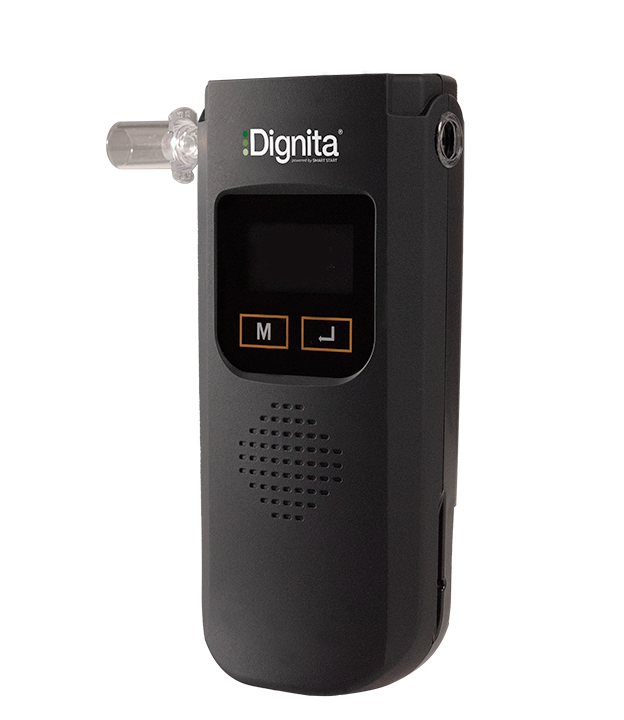

If you have committed a drink driving offence, you may lose your licence and be disqualified from driving for a specified period of time.
After this disqualification ends, the NZTA will require you to obtain an alcohol interlock license and have an interlock installed.
As part of your alcohol interlock program, you cannot legally drive any vehicle without an ignition interlock device fitted. If you own multiple vehicles and wish to drive them, you must have an alcohol interlock fitted to each vehicle.
To complete the program, you must demonstrate the ability to separate drinking and driving over a specified period.
However, significant or repeated violations, such as attempting to drink and drive, missing or failing retests, or tampering with the alcohol interlock, can consequently lead to extended time on the program and additional penalties.
Certainly not! Smart Start also provides interlocks for private employers and individuals. Please refer to our Voluntary Interlocks section for more information.
The NZ alcohol interlock programme requires you have an alcohol interlock licence, and an interlock installed, for a minimum of 12 months.
Once you’ve completed 12 months with an interlock installed, you can apply to NZTA to exit the programme. They review your data and get back to you with approval to get your zero alcohol licence.
Once you have your zero alcohol licence you can have your interlock removed from your vehicle.
In most cases, the alcohol interlock programme is a mandatory requirement for individuals to regain a full licence after a period of disqualification from driving. If you choose not to participate, you may face an extended period of disqualification or other penalties.
Please call us on 0800 002 182 if you have any questions about your programme.
The best plan is to have the interlock removed until you are able to afford it. Removal and reinstall charges will apply but if your interlocks remainds installed, the lease costs continue and can end up costing you more than the removal/install.
Please contact Smart Start for advice if you are having trouble with your programme. We can help advise you what to do to get the best out of your situation.
There could be a number of reasons for this. Alcohol is present in a lot of everyday things and interlocks will detect alcohol regardless of where it comes from.
If you have had anything to eat, drink, smoke or chew prior to blowing into your interlock, make sure you wait a few minutes and have a drink of water before you blow into your interlock.
If you think that a mouth contaminant may be the reason for your test failure, wait a few minutes and try again. Your user manual provides you with advice on this.
If you continue to have problems with your interlock device, please call Smart Start on 0800 002 182.
The interlock will stop you starting your car if you try starting your vehicle with alcohol in your system. However, it will never stop your car while the engine is running.
© 2024 Smart Start All Rights Reserved l Privacy Policy l Designed by Virtual Innovation